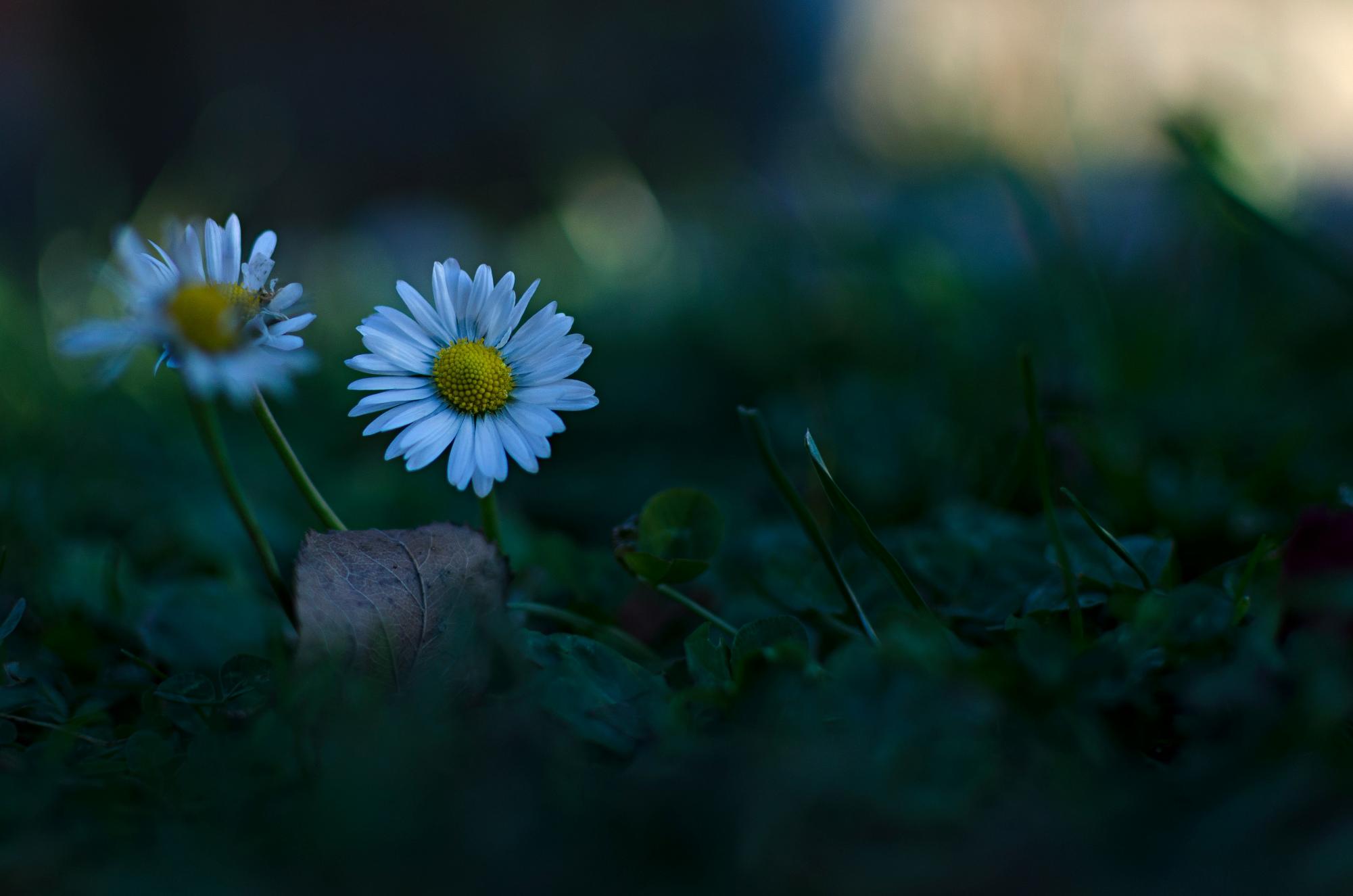Manic Pixie Dream Girl
September 24, 2022
In a reader’s fevered imagination, they will come across a bubbly, shallow, cinematic creature that writers and directors create to teach men to embrace life and its mysteries. She is impulsive; she is eccentric, and she has a troubled past. Whatever the situation, she opens a chapter for a male protagonist, but she exists solely for him and has little to no agency of her own. Often referred to as a Manic Pixie Dream Girl or MPDG —a term coined by film critic Nathan Rabin after viewing Elizabethtown —we know this character in all different types of media. In books fed to us in classrooms, such as The Great Gatsby and Fahrenheit 451, or popular international media like the Bollywood film, Jab We Met.
In the familiarized novel, The Great Gatsby, written by F. Scott Fitzgerald and taught at CHS, the female lead, Daisy Buchanan, is a beautiful feminine flapper girl who comes from and marries money, the male antagonist Tom Buchanan. Through the eyes of Gatsby, the male protagonist who was captivated by Daisy, she is perfect: flirty, carefree, and has a “voice full of money.” On impression, Daisy is a delightfully beautiful woman, and men cannot seem to resist her charm, though, behind all the glamour, there is a lack of substance. Her carefree personality blocks all consequences an average person would have as she continually travels out of reparation because of her privilege. To Gatsby, Daisy performs as the paragon of perfection; he longs for her. What about her, though? She attains this aura of charm and sophistication, though, under that, her character is merely selfish and shallow. Gatsby needs Daisy to complete him, he built himself up for her, but readers cannot seem to find what makes her so worthy of his devotion. This trope is known never to grow past their youth, and Daisy appears to be perpetually stuck in her naive youth and cannot seem to grow up.
This 2D character is not only present in novels or films in the US, as it appears to be a famous female character in media worldwide. In the Bollywood cult classic, Jab We Met, the female lead, Geet, is shown as bubbly, brave and friendly, but is afraid to wear her heart on her sleeve in a world that is so afraid of commitment. Male protagonist, Aditiya, starts as an unsatisfied businessman and later meets Geet, who shows him life through a different lens. As the plot progresses, it is revealed that Geet’s boyfriend has left her, leaving her broken and depressed, unlike the bubbly persona she is introduced as at the start of the film. Through this, it is shown that she seemingly uprooted the lives of both males but remains dissatisfied with her own.
Familiar, right? Clarisse McClellan from Fahrenheit 451, written by Ray Bradbury, describes herself as “seventeen and crazy,” examples include hiking, rain dancing and playing with dandelions. Much like Gatsby, the male protagonist, Montag, is mesmerized by this character. Montag is intrigued by Clarisse’s shallow curiosity and is captivated by her. Clarisse played a role in developing Montag’s character; her questions awaken him from his spiritual and intellectual shortcomings. In the end, Clarisse’s inquisitive and unjaded nature subsists to spark Montag’s awakening.
It is essential to give female characters depth and flaws in the future. While high schoolers read this material in schools, they see that every aspect of this trope’s life solely exists to benefit the dominant male character. These female characters may catalyze male transformation, a decoy in the journey of male exploration. British Journalist Laurie Penny writes, “Men grow up expecting to be the hero of their own story. Women grow up expecting to be the supporting actress in somebody else’s.” By allowing the female character to develop and live on a separate timeline, the character gains power and dignity. This captivating and unrealistic portrayal of modern women is outdated and in need of renovation.
